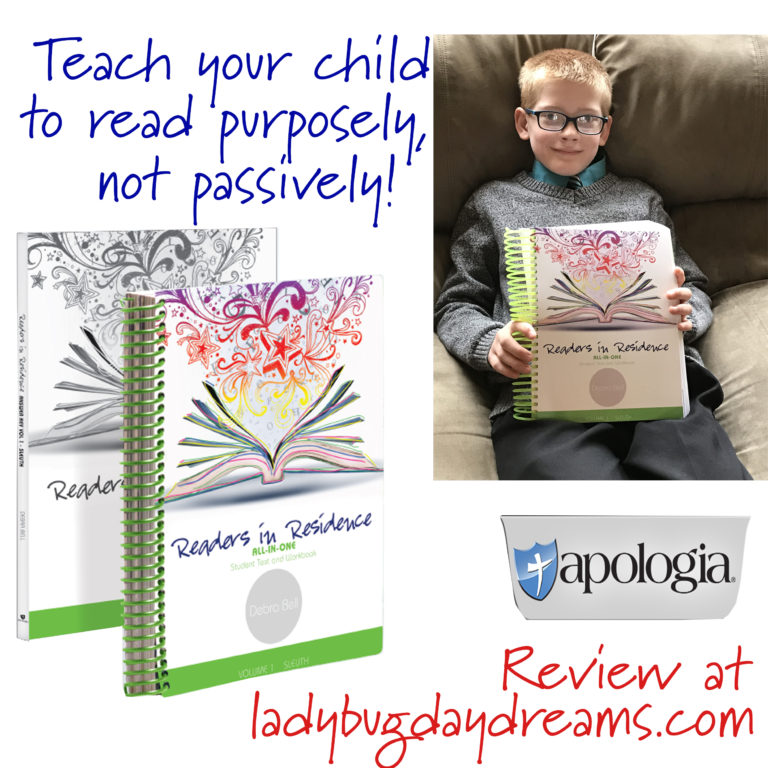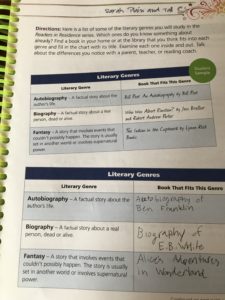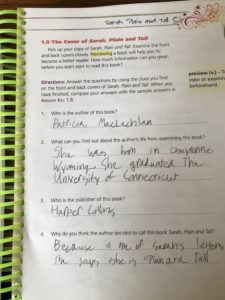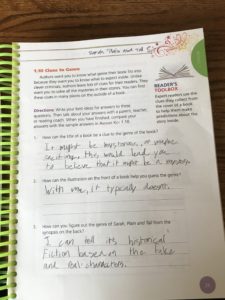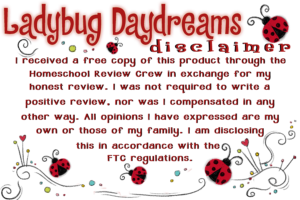Help a Gal Out
This post should have published yesterday. I didn’t realize that it hadn’t. Due to that, I’ll post my day 4 musings later this afternoon.
Hello, and welcome to Day 3 of the Homeschool Review Crew annual 5-day blog hop. I hope you’ve been reading and being blessed by all the different blogs sharing about different aspects of homeschooling this week. I know I have.
Today, I want to talk about how it’s okay to have your older kids help out with the younger kids. This is one of the main benefits in having a gap between the kids in my experience. We often ask Seahawk (and Munchkin, but to a lesser extent) to help out with the little brothers, and this is useful for a few reasons.
- It frees me up to do other things, such as help another brother with something or work on time sensitive things like meal preparation.
- Sometimes I feel guilty relying on the big kids to help so much, but when I remind myself that they’re learning valuable life skills (taking care of young children is one of the most important jobs in the world), I ease up a bit.
- It teaches the older child responsibility.
- Learning to be responsible is vital for our children as they age. If we don’t teach them how to care for people and things, they’ll be disastrous adults, and as parents, our job is to make sure that doesn’t happen. Allowing them little bits of responsibility that grow bigger as they do is not only good, but an obligation on our part.
- It teaches the younger child to rely on someone besides Mom.
- When our babies are new, they need Mom for everything. As they get older, it’s healthy for them to begin to understand that other family members are also capable of caring for their needs. This will ease them into becoming big kids – and later, adults – as they grow.
In addition to helping with the smaller kids, older children can also help with other chores around the house. The phrase “train yourself out of a job” comes to mind. The reasons and explanations are basically the same as what I talked about above in relation to caring for younger siblings, but in the case of helping with things other than childcare, they can be applicable to families with fewer children.
So the next time you feel bad about asking your older child to help out with a younger sibling again (or is that just me?), remember that it’s actually good for everyone involved when they lend a hand.
Blessings,



